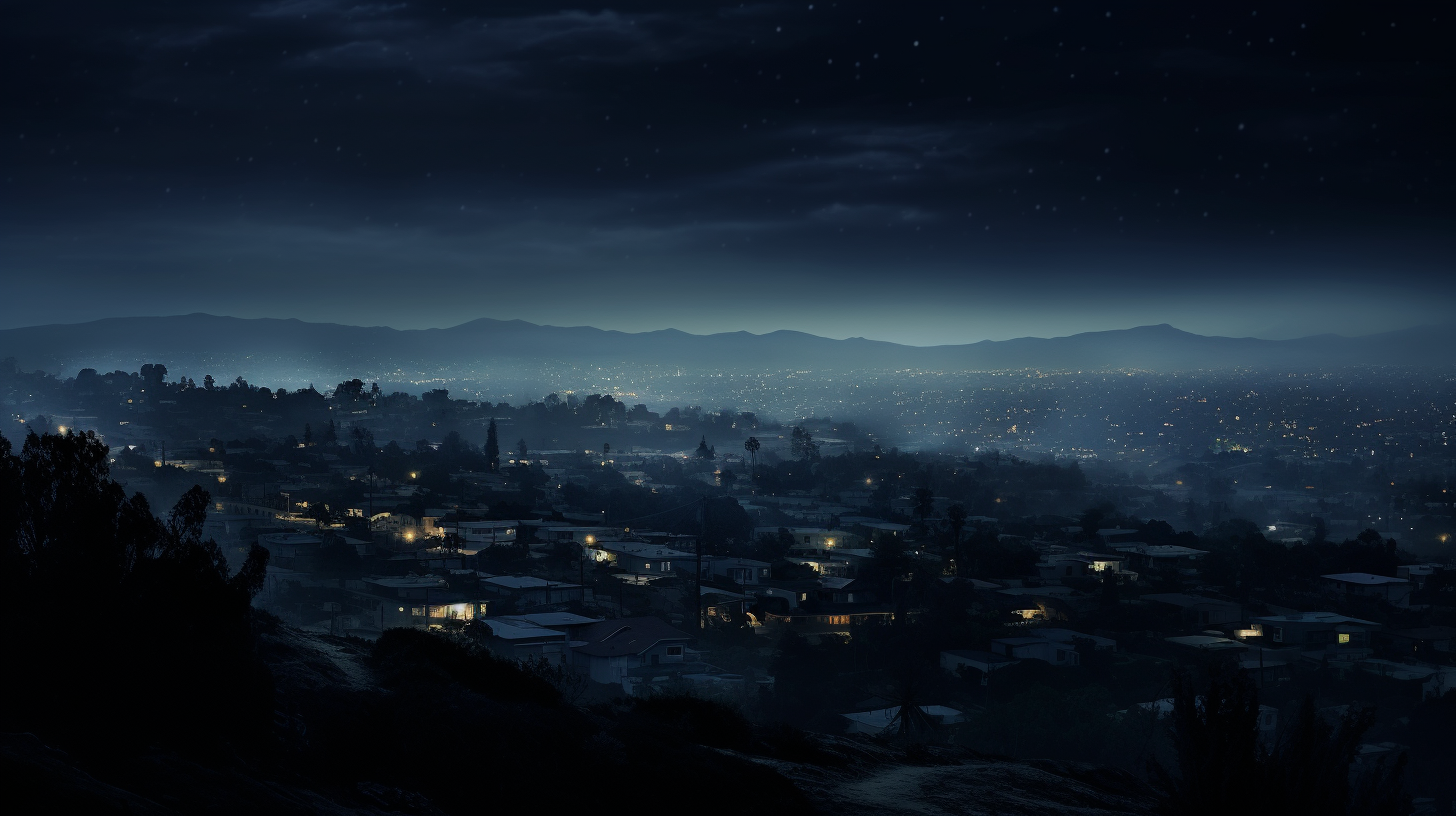The blanket of night once cloaked our world in a natural darkness, beckoning the dance of the cosmos to unfold above us. Now, Artificial Nightfall descends, a permanent twilight where stars are myths, and nocturnal silence is drowned out by the constant hum of neon. Like a scene torn from a melancholic novella, our cities glow feverishly – monolithic effigies to our own excess. What was once an occasional streetlamp to lead weary travelers has now burgeoned into an omnipresent glare, obscuring the heavens and disconnecting us from the universal canvas.
The impact of this boundless luminescence is complex and far-reaching. Scientists delineate a spectrum of consequences, ranging from altering circadian rhythms to disrupting ecosystems. When we examine these beacons of artificiality, we must question: What is the true cost of stealing night from the celestial realms?
Epidemic of Disruption
Biological clocks, honed over millennia of evolutionary fine-tuning, now struggle against the relentless tide of light pollution. Medical journals overflow with research connecting the fractured patterns of sleep to a plethora of health concerns such as obesity, depression, and even cancer. Our relentless quest for illuminated conquest does not merely dim the stars but ignites a silent malaise within our very cells.
Cryptozoic Collateral
The animal kingdom stammers under the weight of our artificial auroras. Creatures of the night, which once thrived in the darkness, now find themselves in perpetual twilight, their behavioral patterns in disarray. This orchestrated luminescence drives them away from their habitats, altering feeding and reproductive habits – an ecological domino effect poised to reshape entire food webs with unforeseen consequences.
The Vanishing Dark Sky Sanctuaries
Our obsession with conquering the dark has nearly eradicated dark sky sanctuaries, refuges where one might still glimpse the Milky Way in its naked brilliance. Astrotourism, a once burgeoning niche, faces extinction as the very asset it seeks to share is vanquished by the inexorable expansion of urban sprawl. Stargazers mourn the loss of cosmic heritage, while astrophotographers are left to capture only a faint echo of the universe’s grandeur.
The Last Vestiges of Night
In our relentless pursuit of eternal day, we must now seek the night actively. Solemn processions venture beyond the suffocating glow of civilization, deep into the wastelands that skirt the periphery of urban existence. There, wrapped in the chilling embrace of actual darkness, they experience what has become an anomaly – a world untouched by the sizzling arcs of human ambition.
Conclusion: A Self-Inflicted Eclipse
In our tale of Artificial Nightfall, there is no valiant crusade to restore the night. It is a narrative bereft of redemption, rather a sobering reflection on the penance for our environmental hubris. This chronic condition of light poisons every shadow, leaving us to wonder if there will ever be a chance to reclaim the sanctity of the dark.
One thing remains certain—as the night grows sick and pale with the disease of artificial light, our connection to the infinite dims. In facing this self-induced twilight, we confront a poignant question: Can we bear the forfeiture of our celestial legacy for the grandeur of a luminous facade? Or will we find within the lurid glow of our dystopian reality a warning sign, a beacon to steer our course back towards harmony with the cosmic rhythm?
